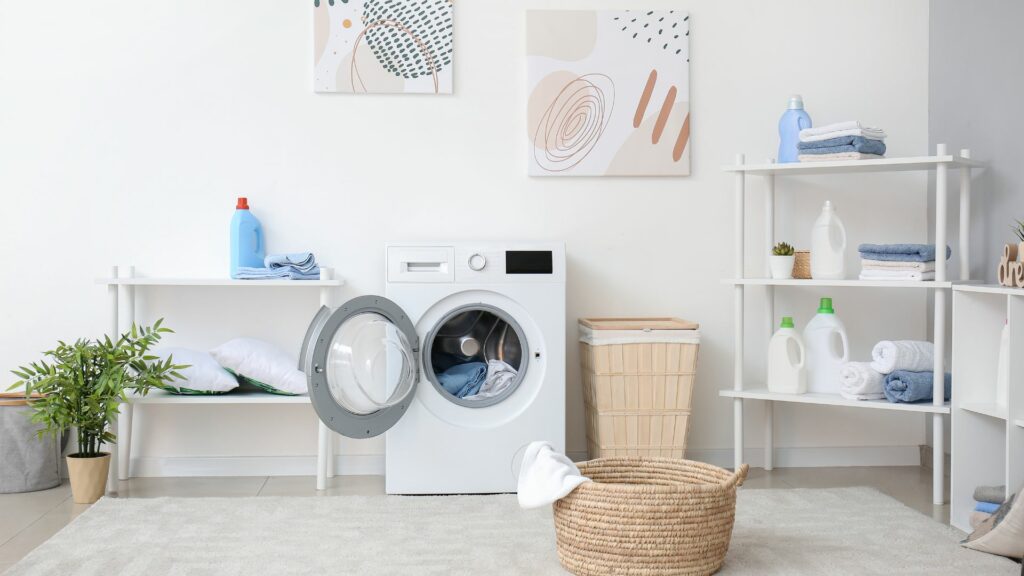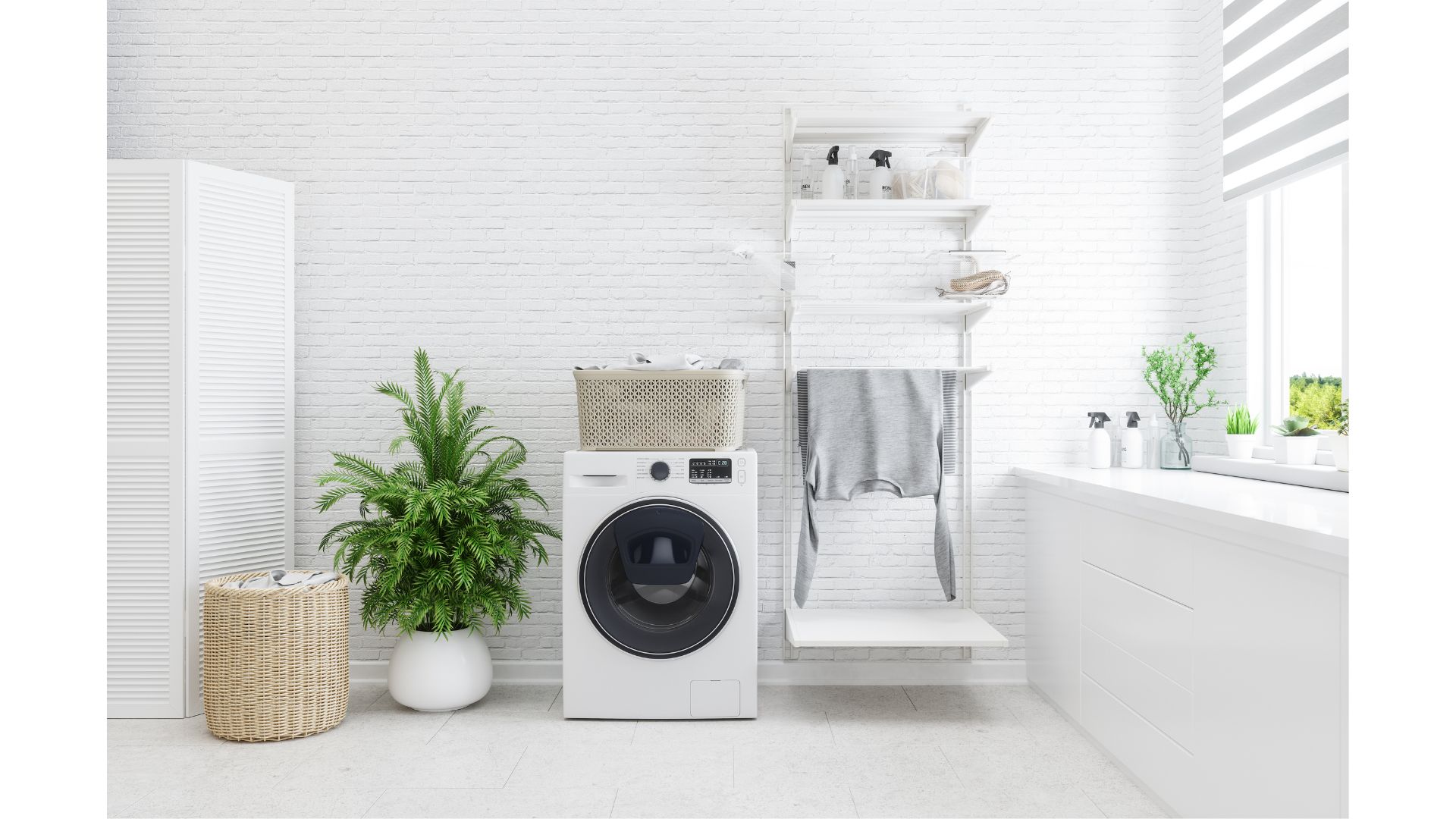The next time you remodel your laundry room, the location of your outlets may become a point of contention, especially if you’ve never installed an outlet before. The guide below will give you some much-needed guidance.
When people encounter contradictory information about an electrical installation, they immediately turn to the NEC. After all, most contractors base their decisions on the National Electric Code. They don’t have an option in the matter.
Failing to follow the NEC’s rules exposes consumers and contractors to hefty fines. The only exception is when the local code disagrees with the NEC. The local code takes precedence.
Therefore, you are better off asking what the local code says about the outlet height in the laundry room. Unfortunately, the NEC has nothing to say about this matter. They have yet to specify a specific height for laundry room outlets. But that may change in the future.
This is why laypeople that perform electrical DIY projects are encouraged to stay abreast of NEC updates. The NEC may introduce regulations governing the height of laundry room outlets at some point in the next few years.
However, that doesn’t mean they haven’t provided any guidance on the matter. Some contractors apply the following clauses:
1). Height
ICC Digital Codes has highlighted section 1136A which tackles the height of receptacles on a branch circuit 30A or less. If you measure the distance from the top of the outlet box, it shouldn’t exceed 48 inches. If you measure from the bottom to the finished floor, you’re looking at 15 inches.
If you have physical barriers in the vicinity, apply section 1138A.3 regulations. If you have outlets beneath cabinets, the cabinets shouldn’t extend beyond 635mm from the wall unless you have other outlets in the area with greater accessibility.
2). Spacing
You need an outlet within six feet of the appliance you want to run. The primary focus is accessibility. If you have an outlet within six feet, you can plug the machine in without relying on extension cords. Keep in mind that heavy-duty devices typically feature short extension cords.
You can ignore these regulations without getting into legal trouble because the NEC doesn’t explicitly ask you to apply them to laundry rooms. However, if you’re at a loss where the laundry room outlet height is concerned, don’t hesitate to use the clauses above because they make sense.
Where Should Outlets Be Placed In A Laundry Room?
The key is to identify a suitable position. Keep the following in mind:

1). Pay Attention To The Washer And Dryer’s Location.
The location doesn’t matter if you have stacked units. But if the water and dryer are sitting side by side, you should keep them at least one inch apart. The goal is to give them plenty of clearance room on either side and at the back.
Ventilation matters to these devices. Maintain six inches between the wall and the back of each unit. This gives you room to maneuver with regard to installing and accessing an outlet. Hopefully, you measured the location before buying the units.
You don’t want to crowd the washer and dryer in a corner where ventilation is poor. Many people prefer to hide the outlet behind the machine to keep it out of sight. But that only works if you have sufficient clearance.
2). Water And Electricity Do Not Mix.
While you’re free to place the outlet at any height, installing the receptacle close to the floor would be a mistake. You have to worry about flooding. Washers use a lot of water. As such, flooding is not out of the question where these units are concerned.
They leak more often than you think. Placing the outlet above the washer and dryer solves this problem. You will keep the receptacles away from water without limiting accessibility.
3). Disabled Individuals Create A Challenge.
You can’t position outlets at distances their disability won’t let them reach. For instance, if a friend or family member is stuck in a wheelchair, take into account how far they can reach with their arm without straining.
However, some outlets are too low for the disabled to reach. For that reason, you have to emphasize 15 inches above the top of the floor for old and disabled consumers. You can aim for a higher location, but anything less is a problem.
4). Keep The Washer’s Water Supply And Drainage Requirements In Mind.
You don’t want to position the outlet right next to leaky water hoses and drainage vents. And if you do, you must take the necessary precautions to defend against moisture. The location of the machine’s outlet box will influence the location of the electrical outlet.
Types of Outlets That Should Be Used In A Laundry Room
Laundry rooms require 20A 125V outlets. That is the minimum. You can upgrade the circuit size to accommodate larger machines. Most homeowners are smart enough to match the circuit size and outlet rating to the washer and dryer’s needs.
Unfortunately, they routinely forget the GFCI protection, even though the NEC mandates the use of GFCI technology in this area. You need GFCI protection on all 15 and 20A 125V outlets in laundry areas.
To be clear, the washer and dryer do not require GFCI protection. You need GFCI outlets in the laundry room. In other words, you can forego the GFCI outlet if you add the washer and dryer to a room that doesn’t require GFCI technology.
How Many Outlets Are Required In A Laundry Room?
You need at least one 20A outlet. Use a dedicated circuit to reduce the chances of an overload. Depending on the washer’s needs, you can install a 120V or 240V outlet. You can also add as many outlets as you want. It depends on the number of appliances you want to run.
Some consumers install one outlet to prevent others from overloading the circuit by connecting multiple devices while the washer and dryer are running.
Related post:

